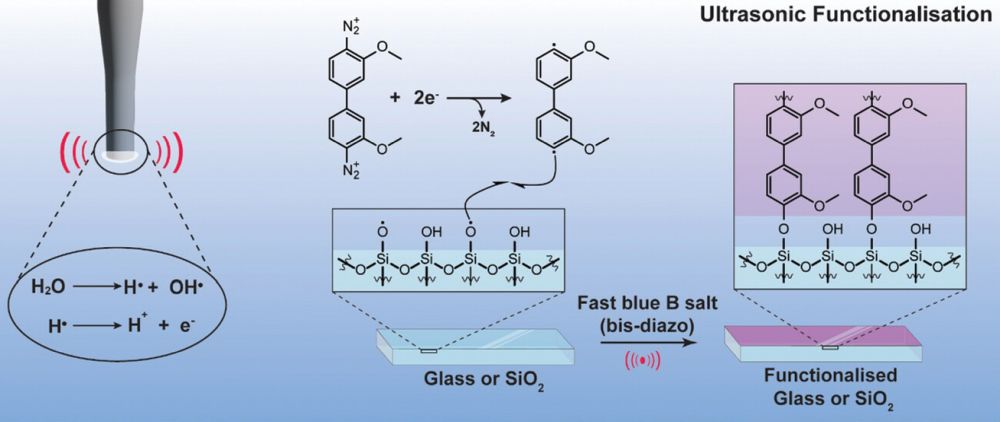Here’s what we are hearing:
GE Aviation expects to add 200 more area jobs
GE Aviation Systems’ $50 million investment on the University of Dayton campus bodes well for the company and the area, the company’s president and chief executive. In the past five years, GE Aviation has added 400 jobs at its three Dayton-area plants. In 2013, the company’s new Electrical Power Integrated Systems research and development center off River Park Drive will be operating. An initial 50 people will work there, but within five years, the center should employ 150 to 200 researchers, said Lorraine Bolsinger, GE Systems president and chief executive. At the center, UD researchers will work with GE Aviation scientists and engineers to create new advanced electrical power technologies such as new power systems for aircraft, longer-range electric cars and smarter utility power grids for more efficient delivery of electricity, GE Aviation said.
Alcoa’s “smog-eating” technology to bolster sustainability at new electronics recycling hub in North Carolina
Alcoa recently unveiled one of the first commercial building installations of Reynobond with EcoClean, the architectural panel that cleans itself and the air around it, at the new Electronic Recyclers International facility in Badin, N.C. The product is installed at ERI’s Southeast regional electronics recycling hub, which is expected to create up to 200 new jobs in central North Carolina. Introduced in 2011, EcoClean was developed by Alcoa scientists through a process that leverages patented Hydrotect technology to apply a titanium dioxide coating, called EcoClean, to the pre-painted aluminum surface of Alcoa’s Reynobond architectural panels. The coating works with natural sunlight, acting as a catalyst to break down organic pollutants on its surface and in the air around it into harmless matter which is then washed away by rainwater. Ten thousand square feet of EcoClean has the smog-removal power of approximately 80 trees, equivalent to offsetting the nitrogen oxide created by the pollution output of four cars per day.
Tnemec’s insulating coatings first to include Cabot aerogel
The Tnemec Co. has introduced the first thermal insulating coatings featuring Enova aerogel by Cabot Corp. Series 971 Aerolon Acrylic and Series 975 Aerolon Epoxy are fluid-applied, high-build coatings that are designed to resist high operating temperatures when spray-applied to piping, tanks, valves or other steel substrates in refineries, processing plants and other industrial facilities. The Aerolon coatings are comparable to most conventional forms of industrial insulation. The thermal insulation properties of Aerolon coatings provide safe-touch performance on hot pipes and other surfaces to prevent serious worksite accidents. And their low K-value ratings offer thermal efficiencies that result in substantial energy cost reductions. Aerolon coatings are water-based with practically zero volatile organic compounds, minimizing environmental impact. Once mixed, Aerolon resembles a slurry that can be spray applied. Aerolon coatings are part of a complete system that includes specialty primers and topcoats, Tnemec said.
Surmet-led team wins DARPA Phase II award for ALON Manufacturable Graded Refractive Index (M-GRIN) lenses
During the M-GRIN program’s first phase, Surmet demonstrated the ability to create ALON GRIN lens blanks with axial gradients. During Phase II Surmet will develop the ability to extend the magnitude and spatial extent of these gradients, using processes compatible with large volume manufacturing. At the culmination of the Phase II effort, Surmet will use proprietary fabrication processes to produce several prototype ALON GRIN lenses and deliver them to DARPA. The University of Rochester will develop the metrology used to characterize the ALON GRIN lens blanks and lenses produced during this program. The U of R will also lead the design effort to exploit the advantages of ALON M-GRIN lenses for Advanced DoD optical systems. Ed White Consultants will guide the manufacturing readiness assessment of the MGRIN technology. Surmet will also include DoD Prime Contractors in the program to facilitate the transition of the ALON M-GRIN technology into military systems.
3M expands US Paints and Coatings Lab
3M Energy and Advanced Materials Division announced the rededication of its newly-expanded US Paints and Coatings Laboratory. With a significant investment in new analytical equipment and additional technical personnel, the 3M EAMD Paints and Coatings lab is now even better equipped to provide outstanding customer service for a growing global market. The expanded capabilities of the lab, located in St. Paul, Minnesota, will enable improved levels of technical support and formulation assistance to customers around the world. For example, 3M research specialists use American Society for Testing and Materials’ test methodology to evaluate the performance of formulations that incorporate 3M products, including 3M Ceramic Microspheres, 3M Fluorosurfactants, 3M Glass Bubbles and 3M Stain Resistant Products.
Alfa Aesar launches catalog and periodic table app
Alfa Aesar, a Johnson Matthey Company, has unveiled the Alfa Aesar App for iPhone, iPad and Android. Users of the app will have access to a fully-functional digital version of Alfa Aesar’s popular print catalog as well as reference materials. The Alfa Aesar app is available free to download from the iTunes Store and Google Play. In addition to a full listing of Alfa Aesar products and technical specifications, the iPad version will also provide users with an interactive periodic table that details properties for each element. The app also links to the Alfa Aesar website, allowing users to quickly purchase products they find within the app. Users will also be able to save catalog pages as PDFs, email content to a friend, or add notes and bookmarks.
Keyence offers super-resolution digital microscope with automated measurements
Pioneering the field of digital microscopy, Keyence has released its latest microscope system, the VHX-2000. The VHX Series digital microscope was designed to alleviate the shortcomings of traditional, optical light microscopes – shallow depth-of-field, short working distance, lack of portability and versatility, sample limitations, etc. By integrating advanced zoom optics with a CCD camera, 17″ LCD monitor, light source, controller and analysis/reporting software, the VHX streamlines testing and improves the speed and efficiency of the inspection process. With a magnification range from 0.1x – 5000x, the VHX Series enables a wide range of microscopic observation from macro-scale stereoscopic imaging to the detailed analysis of an SEM. Many lighting techniques are also supported including bright and dark field, transmitted, polarized, and differential interference observation.
Diamon-Fusion International completes large-scale coating and restoration project for Claremont McKenna College
Diamon-Fusion International Inc., a global developer and exclusive licensor of patented hydrophobic nanotechnologies, announced the completion of a coating and glass restoration project for Claremont McKenna College in Claremont, Calif. The project consisted of applying DFI’s flagship Diamon-Fusion coating to over 15,000 square feet of glass at various sections of the newly constructed Kravis Center, designed by well-known architect Rafael Viñoly-Menendez. The center consists of a five-level, 162,000 square-foot academic and administrative facility, serving as the western gateway to the Claremont McKenna campus. Through DFI’s patented nanocoating process, the treatment to the glass facade creates a water repellent effect which enables ease of cleaning and protection against scratches, abrasion and environmental elements, therefore considerably reducing the overall costs of maintenance to the building. The nanocoating is optically clear, and does not affect the natural reflection of the glass exterior.
CTT Categories
- Aeronautics & Space
- Basic Science
- Construction
- Electronics
- Energy
- Environment
- Glass
- Nanomaterials


